Mercedes presents the EQE ahead of the IAA
Mercedes has presented the EQE in the run-up to the IAA Mobility. The electric counterpart to the E-Class shares both the platform and basic design features with the larger EQS. The EQE is aimed at the lucrative company car market.
Mercedes itself speaks of the new “business avant-garde”. With a length of 4.94 metres, the EQE plays in the same league as the current E-Class of the 213 series. In terms of wheelbase, however, the EQE, based on the EVA2 luxury-class electric platform, clearly outperforms the combustion engine model with 3.12 metres to 2.93 metres.
According to Mercedes, this can also be felt in the interior: Examples given are the shoulder space at the front or the interior length, where the EQE is said to outperform the E-Class by 27 and 80 millimetres respectively.
First to the exterior – The EQE is to adopt the “one-bow lines” of the EQS. In other words, the windscreen, roof and rear window are stretched across the car like an arc, while the overhangs and bonnet of the electric platform are quite short. The fact that the EQE strongly resembles the larger EQS is not only due to the lines and proportions – the designers have also chosen a very similar look for the black panel grille and the headlights.
However, the EQE is probably not quite as aerodynamic as the EQS, which has been optimised to a cd value of 0.20. The Stuttgart-based company does not mention a figure in the press release, only a “very good cW value” is mentioned.
Up to 660 kilometres range
In terms of technical specifications, Mercedes announced two variants for the market launch, however, has only released details on one. The EQE 350 is to have an output of 215 kW and use the 90 kWh battery, which, depending on the equipment, should ideally be enough for 660 kilometres according to WLTP – the lower WLTP range is given as 545 kilometres.
So in the EQE, the 90 kWh battery with ten modules is standard, the cells have NCM811 chemistry. For the larger EQS, Daimler intends to announce this battery only “for some markets” towards the end of the year. Here, only the larger battery with twelve modules (107.8 kWh) is currently available. Mercedes makes a “performance promise to customers” for the battery: ten years’ running time or a mileage of 250,000 kilometres with “a defined residual capacity” – but unfortunately this is not mentioned.
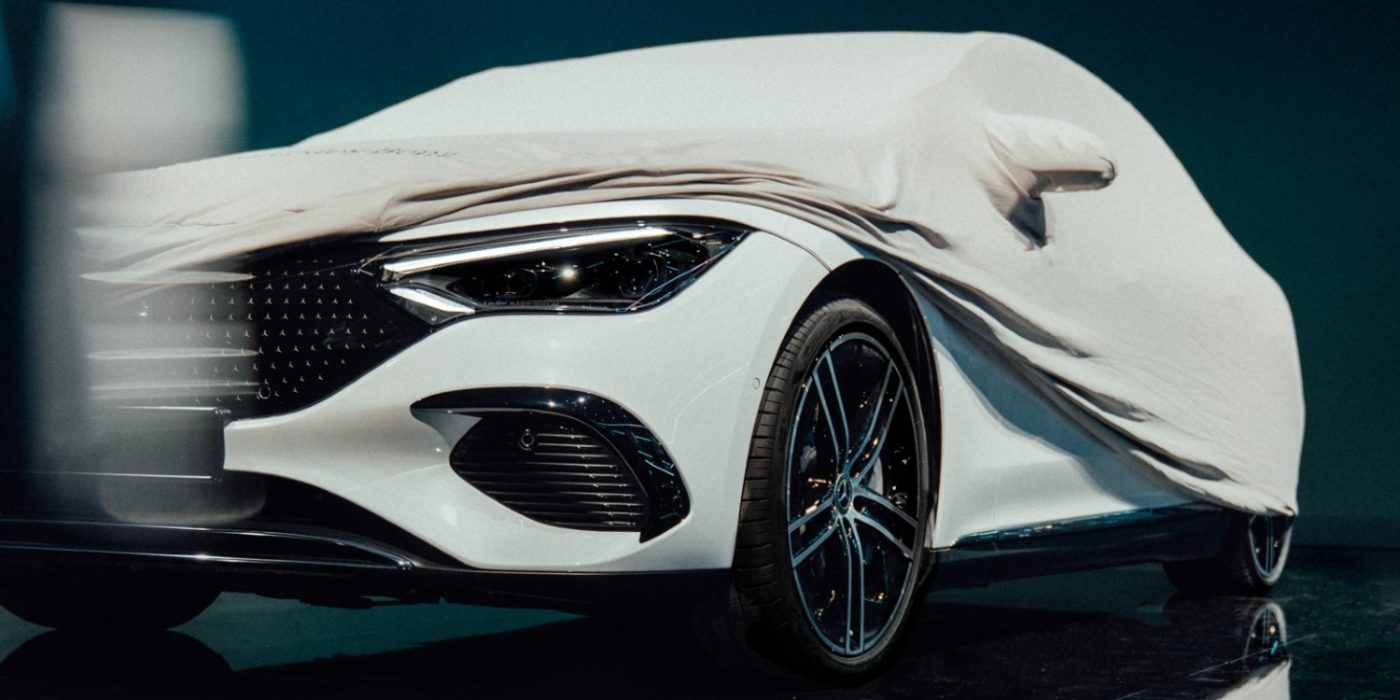
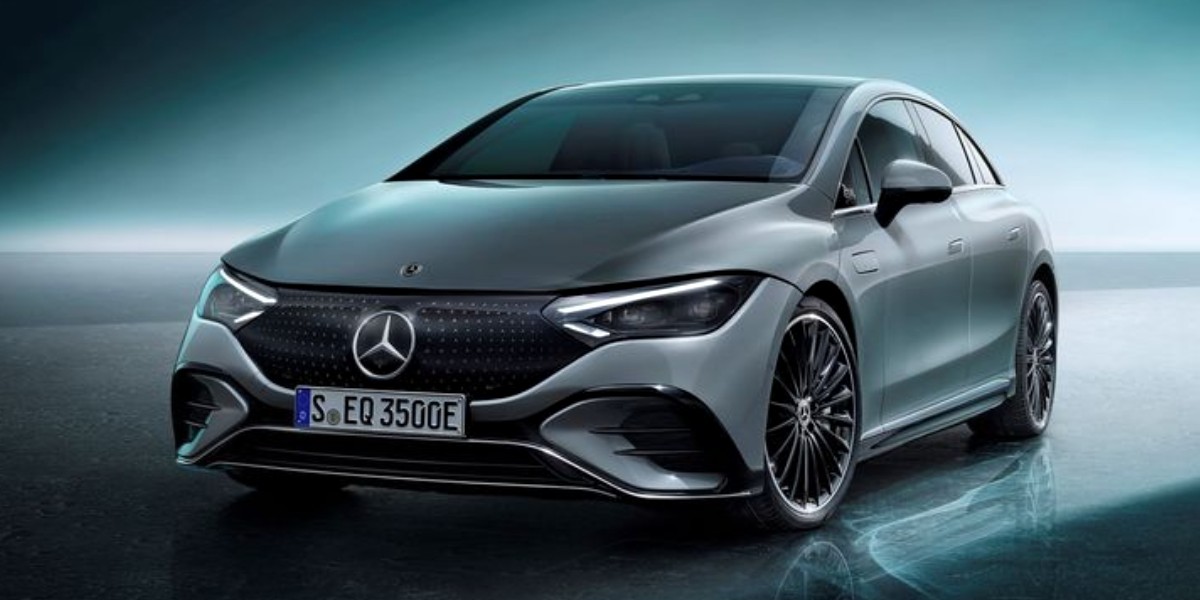
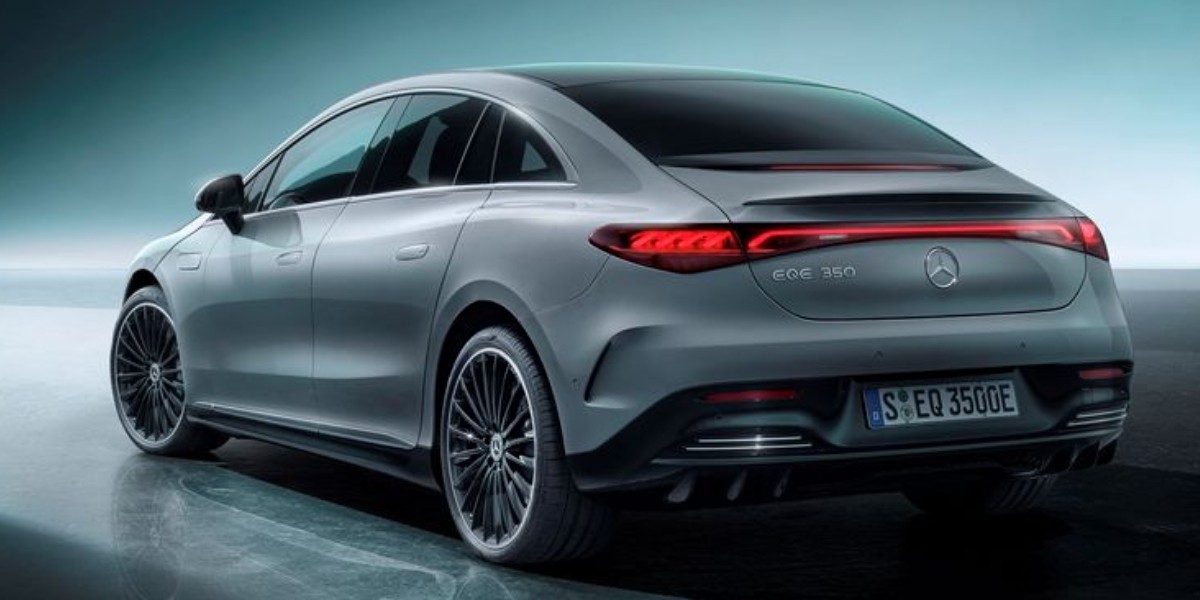
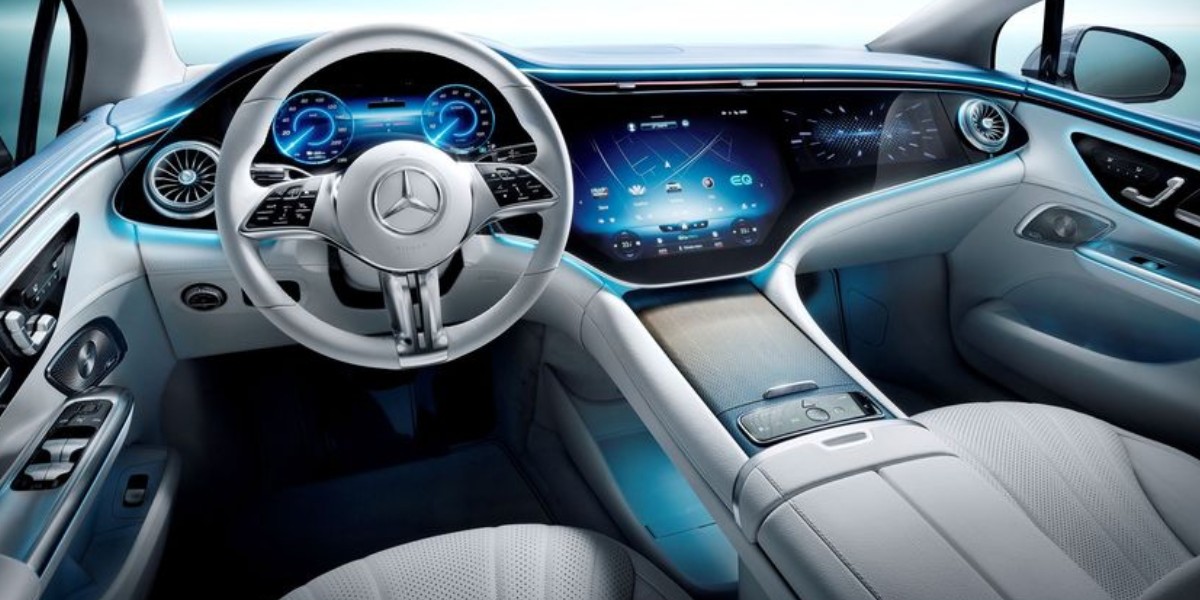
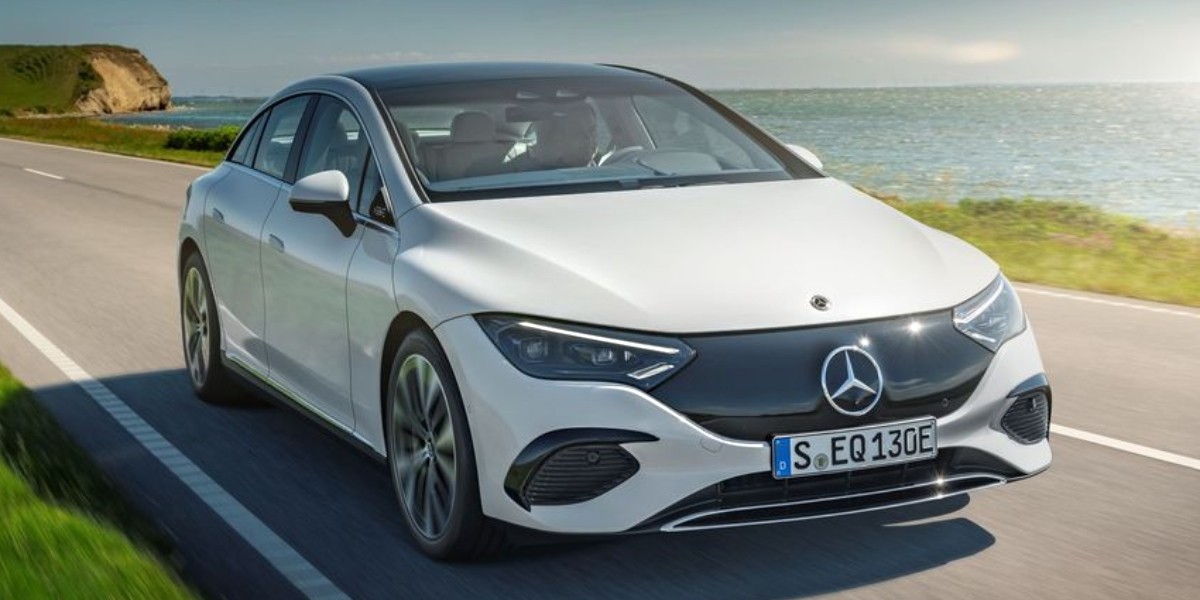
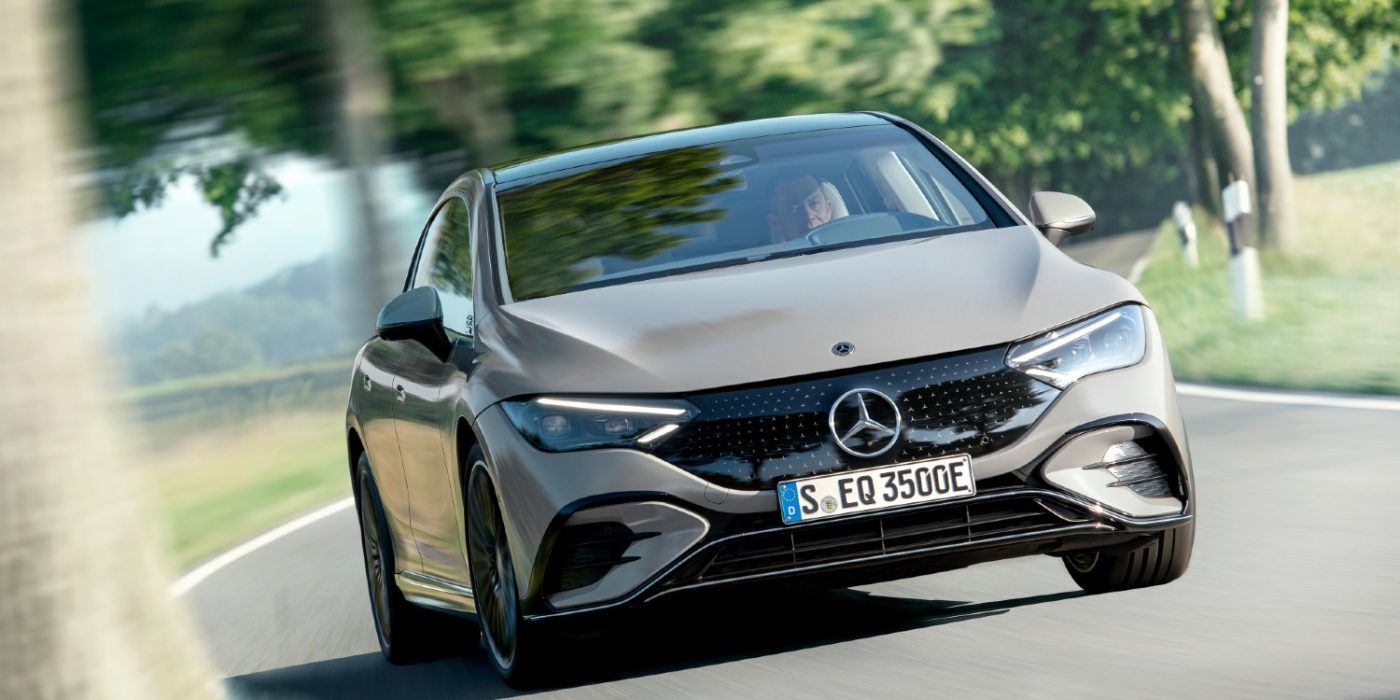
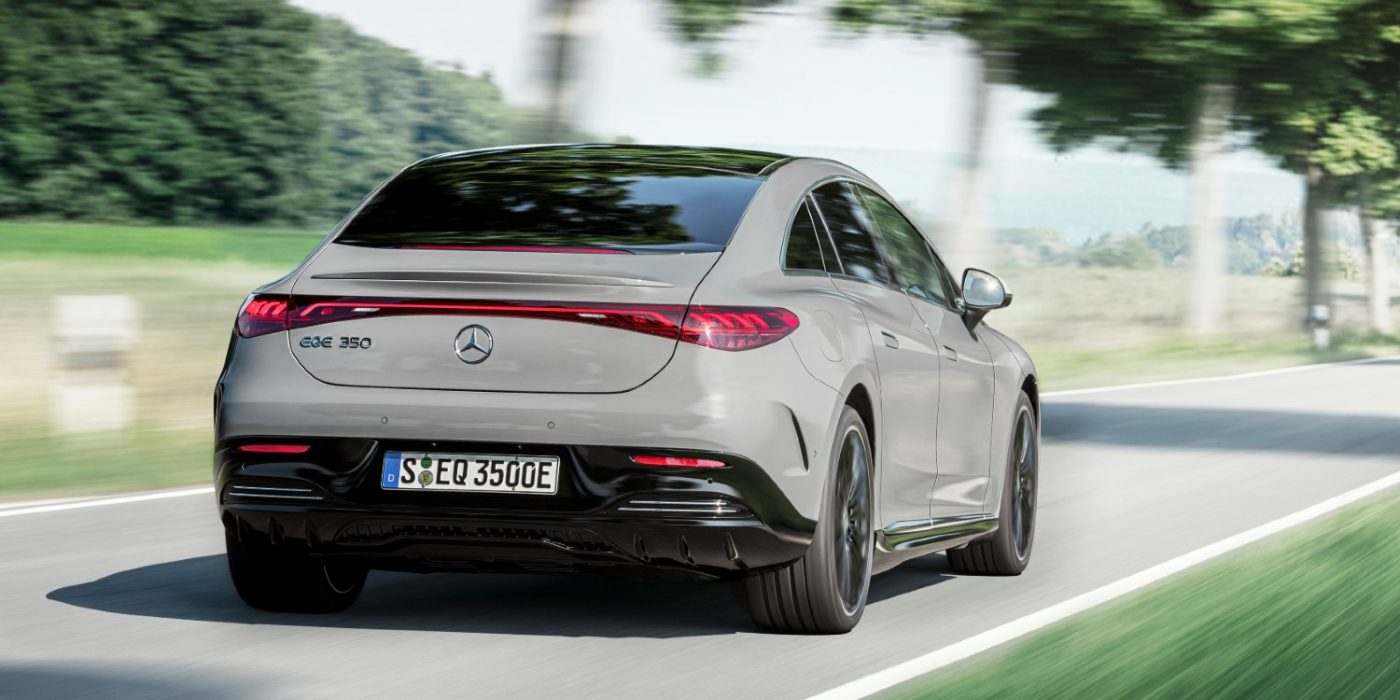
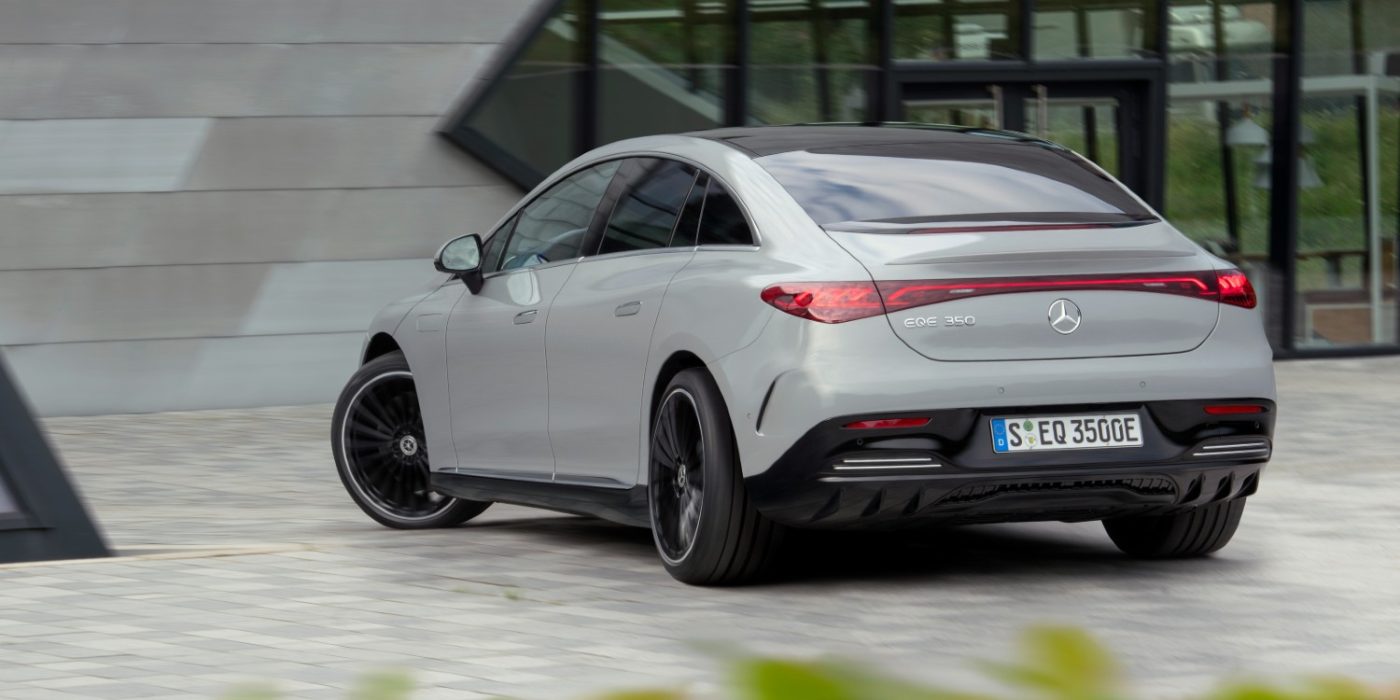
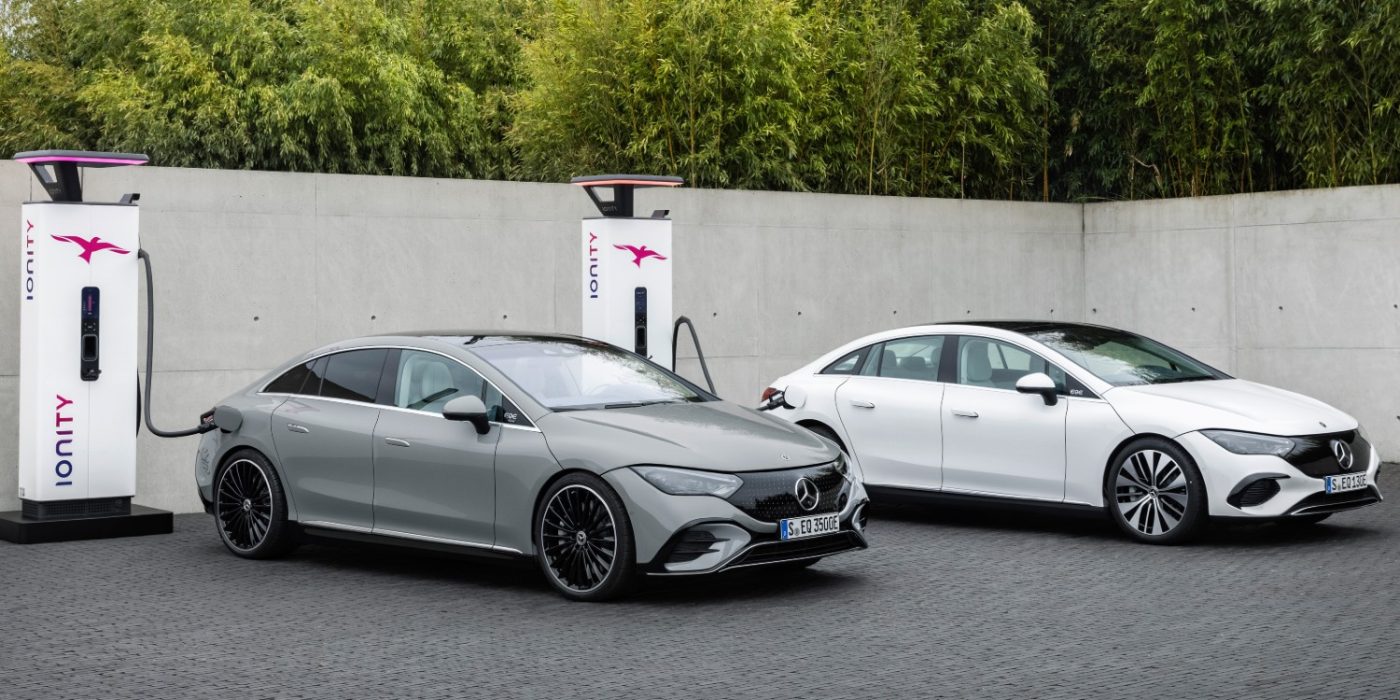
While the EQS with its large battery has a WLTP range of up to 770 kilometres and a charging power of over 200 kW, the EQE is said to be able to charge at a peak of up to 170 kW, according to Mercedes. Up to 35.5 kWh should be able to be charged in 15 minutes, which is sufficient for up to 250 kilometres according to WLTP. The charging time to 80 per cent is given as 32 minutes.
For AC charging, a three-phase onboard charger with 11 kW is installed ex-works, a complete charging process should then take 8:15 hours. Optionally, Mercedes will also offer a 22 kW charger, with which the battery should be fully charged in 4:15 hours.
Three settings are offered for charging – Standard, Home and Work. In these, parameters such as departure time, air conditioning and maximum charge level can be preset. The Home and Work charging programmes can be activated based on location. This means that they are switched on automatically as soon as the vehicle is parked at a charging point at the positions stored in the system. There is also an ‘Eco Charging’ function, which reduces the maximum charging power and limits charging to 80 per cent charge level to conserve the battery. In Japan, the EQE is also supposed to be able to charge bidirectionally, where it will be delivered with the CHAdeMO charging standard and not with CCS.
Electric motor with high power density
While the 215 kW electric SUV EQB 350 4MATIC, which was presented at the Shanghai motor show in April and is celebrating its European premiere at the IAA Mobility, the EQE 350 of exactly the same power is not an all-wheel-drive vehicle. The name suffix “4MATIC” is missing here. Instead, Mercedes emphasises that the electric motor on the rear axle has two windings with three phases each. This “6-phase” design is supposed to make the PSM “particularly powerful”. The electric motors on the front axle of the following all-wheel-drive models, on the other hand, will have only one winding.
In the development of the electric drivelines (eATS), however, the focus was not only on power and consumption; EQE and EQS are also intended to achieve a new level of noise and vibration comfort. For this purpose, the engineers have packed the eATS all around in a special foam mat as NVH cover (Noise, Vibration, Harshness). The drives are doubly decoupled from the car body via elastomer bearings. For NVH optimisation, the cover of the inverter is also made of a sandwich construction of 3 metal and plastic layers.
Mercedes has tidied up the recuperation system somewhat: while in models such as the EQC the driver could still choose between five levels using the paddles on the steering wheel, this has now been reduced to three levels (D+, D, D-) in the EQE. The most efficient driving style is to be provided by the “D-Auto” automatic, which offers situation-optimised recuperation up to standstill with the “Eco Assistant”.
From the EQS, the EQE also takes over the navigation with “Electric Intelligence”, which plans the fastest and most comfortable route, including charging stops, based on numerous factors and also reacts dynamically to traffic jams or a change in driving style. This includes a visualisation in the MBUX infotainment system as to whether the available battery capacity is sufficient to return to the starting point without charging.
The MBUX display is optionally via the Hyperscreen – that is, the 1.41-metre-wide glass surface that combines several screens into one unit. The width corresponds exactly to the Hyperscreen from the EQS.
Both the MBUX software and other systems such as the battery management are OTA-updateable, i.e. they can be optimised and kept up to date wirelessly throughout their service life. As with the EQS, some functions can also be unlocked via OTA update after purchase, including the ability to increase the steering angle of the optional rear-axle steering. If the upgrade is purchased from 4.5 to ten degrees, the turning circle drops from 12.5 to 10.7 metres – putting it on a par with much smaller vehicles.
“With the new EQE, we can quickly make the high-tech solutions of our electric flagship EQS available to a wider group of buyers,” says Markus Schäfer, Member of the Board of Management of Daimler AG and Mercedes-Benz Cars COO. “And our production flexibility is reaching new heights with the EQE: four other models are already currently being manufactured at the Bremen plant, where the versions for the global market are coming off the production line.” In addition to Bremen, the EQE is also built at the Beijing plant, but there only for the Chinese market.
Mercedes is not yet naming prices for the premiere of the EQE. This will happen in the run-up to the market launch, which is scheduled for mid-2022. However, the AMG version is likely to be more expensive than the EQS 580 4MATIC – which is listed at 135,529 euros.
Reporting by Sebastian Schaal, Germany.
Source: Info via email

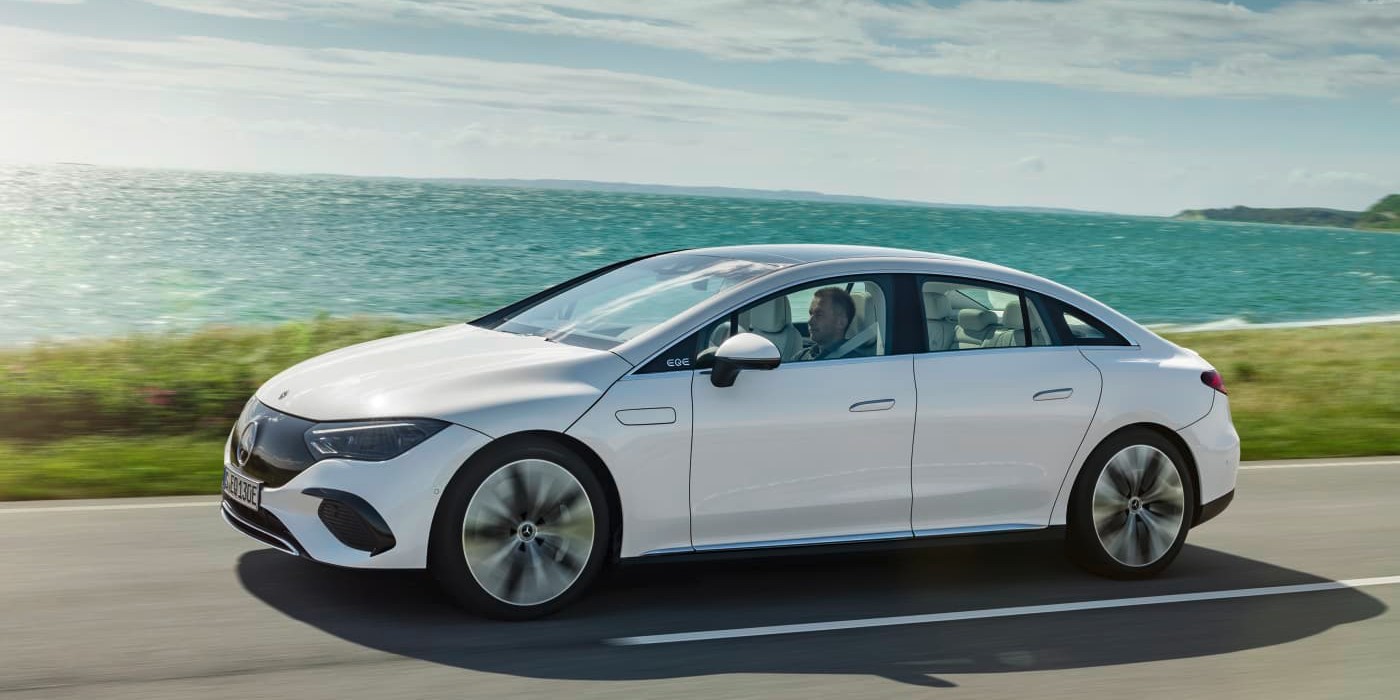
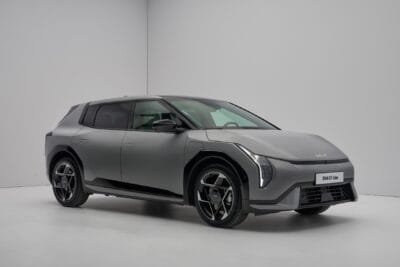
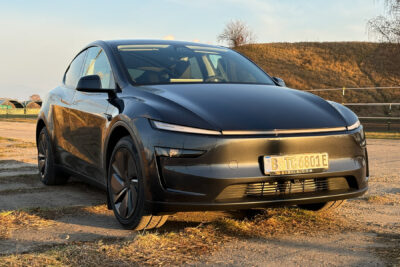
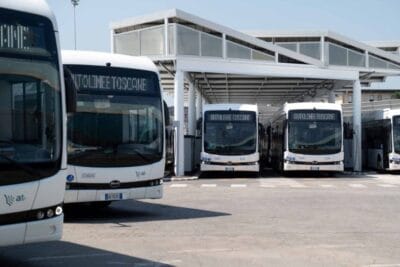
0 Comments